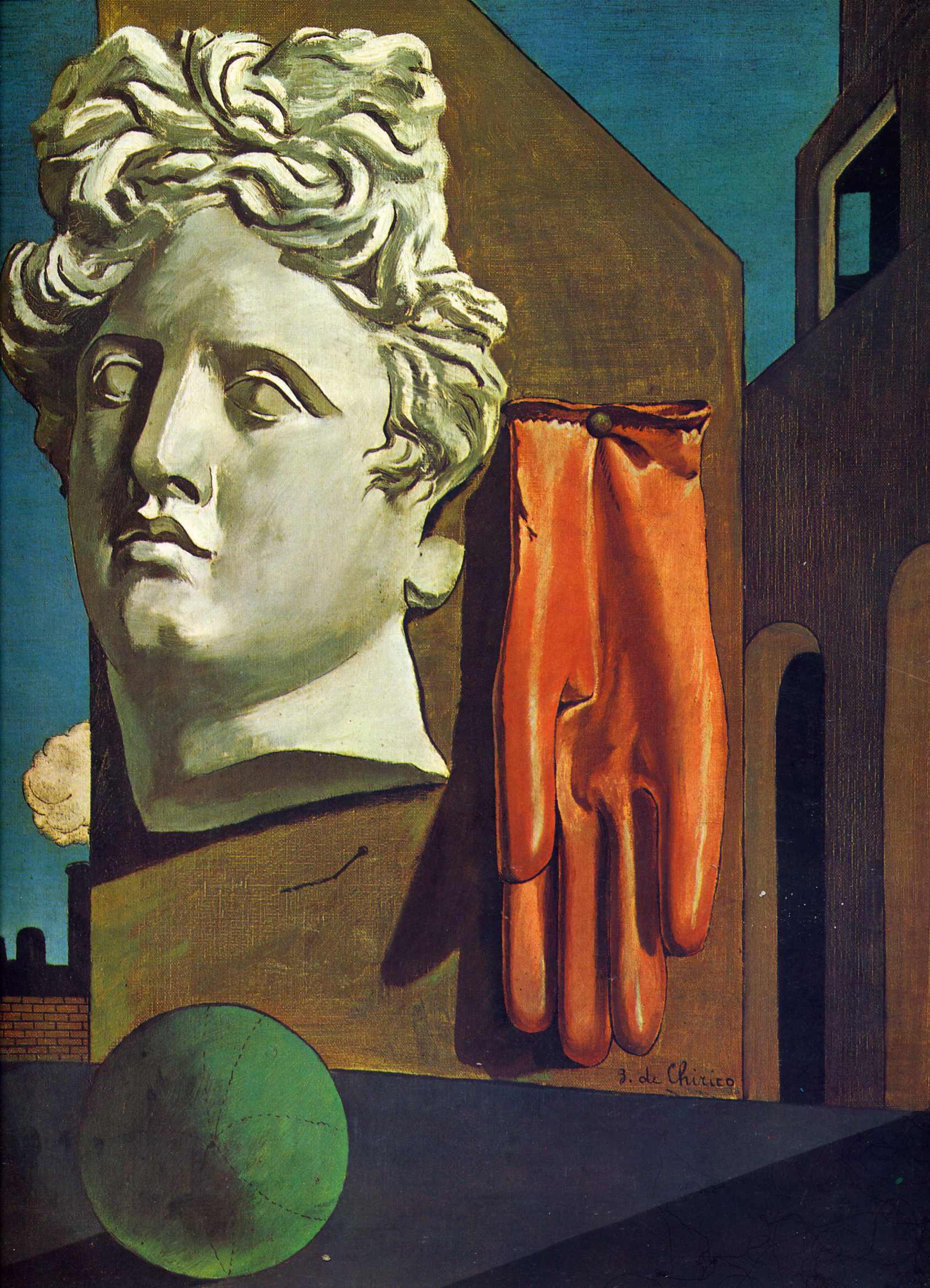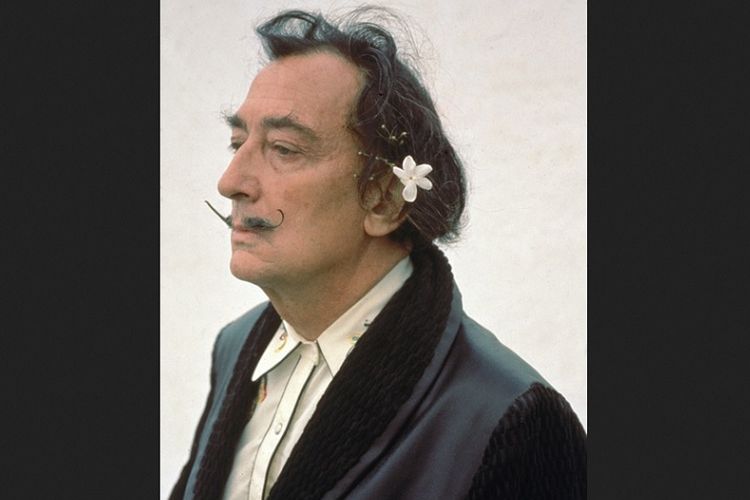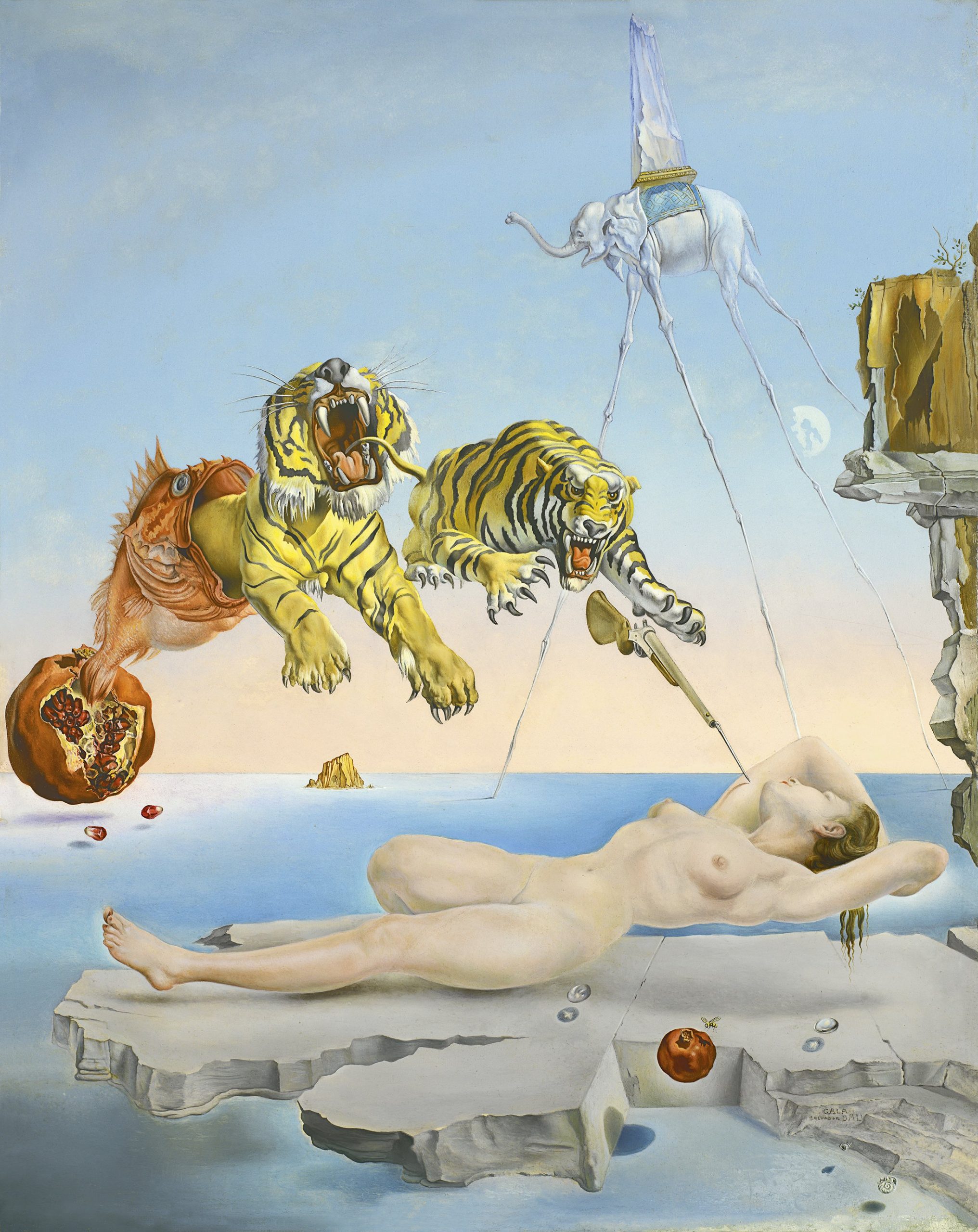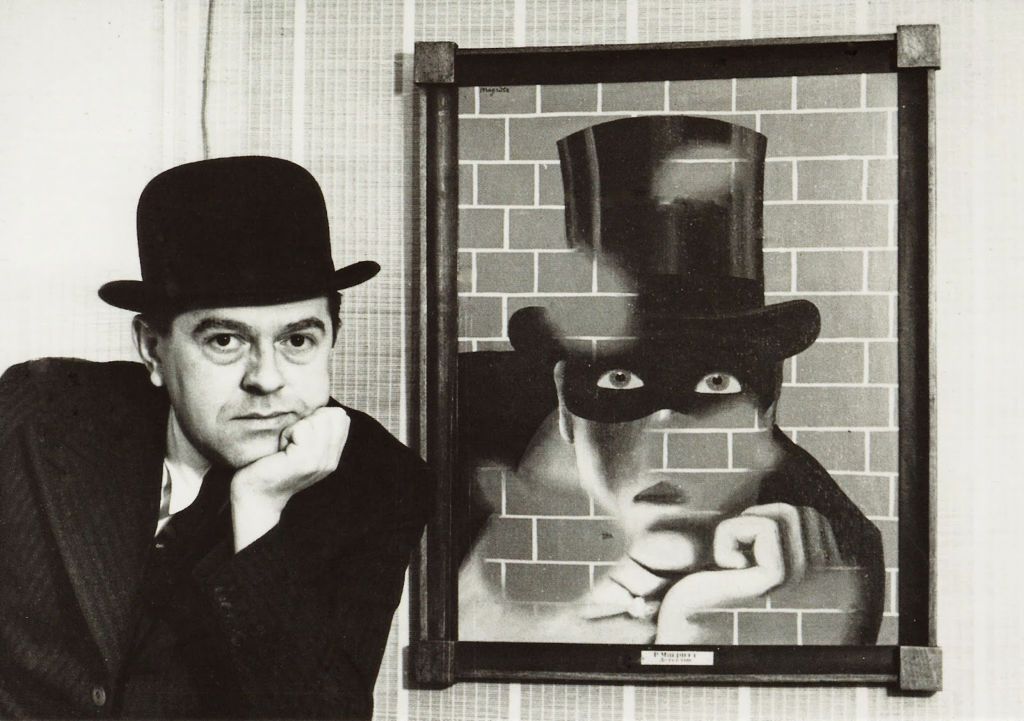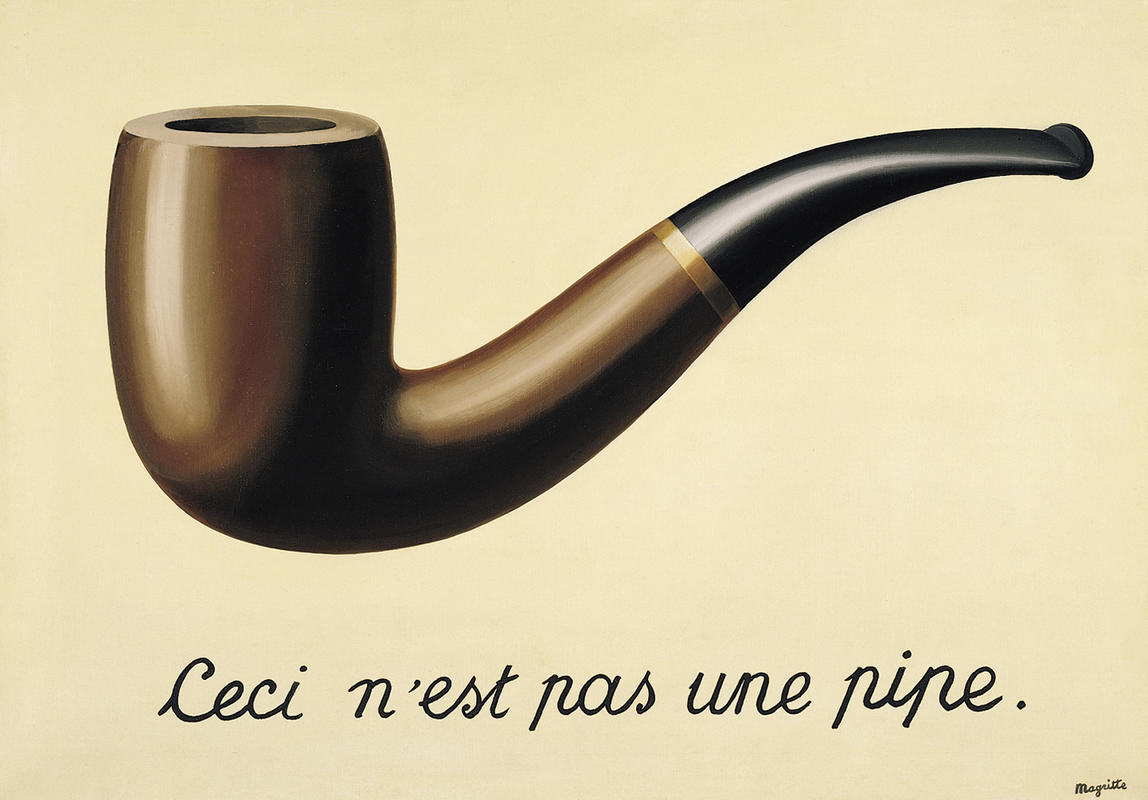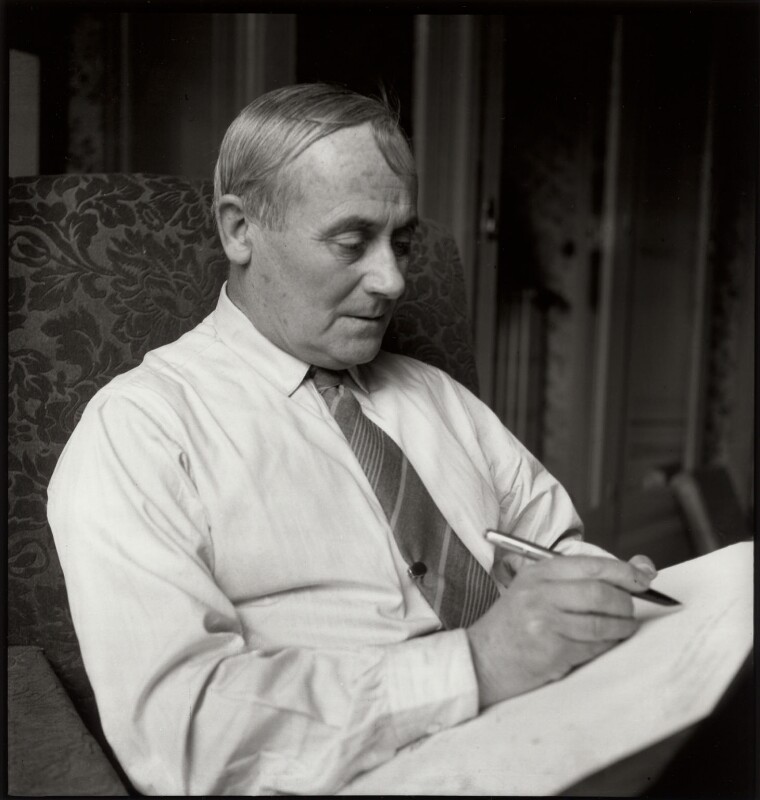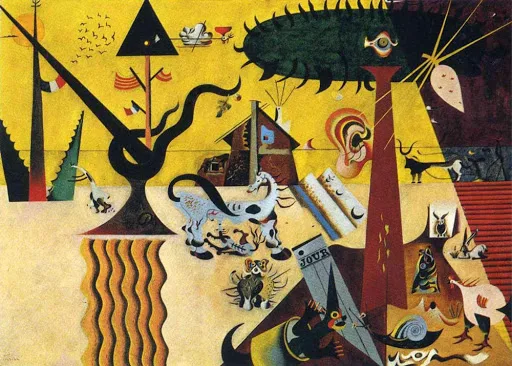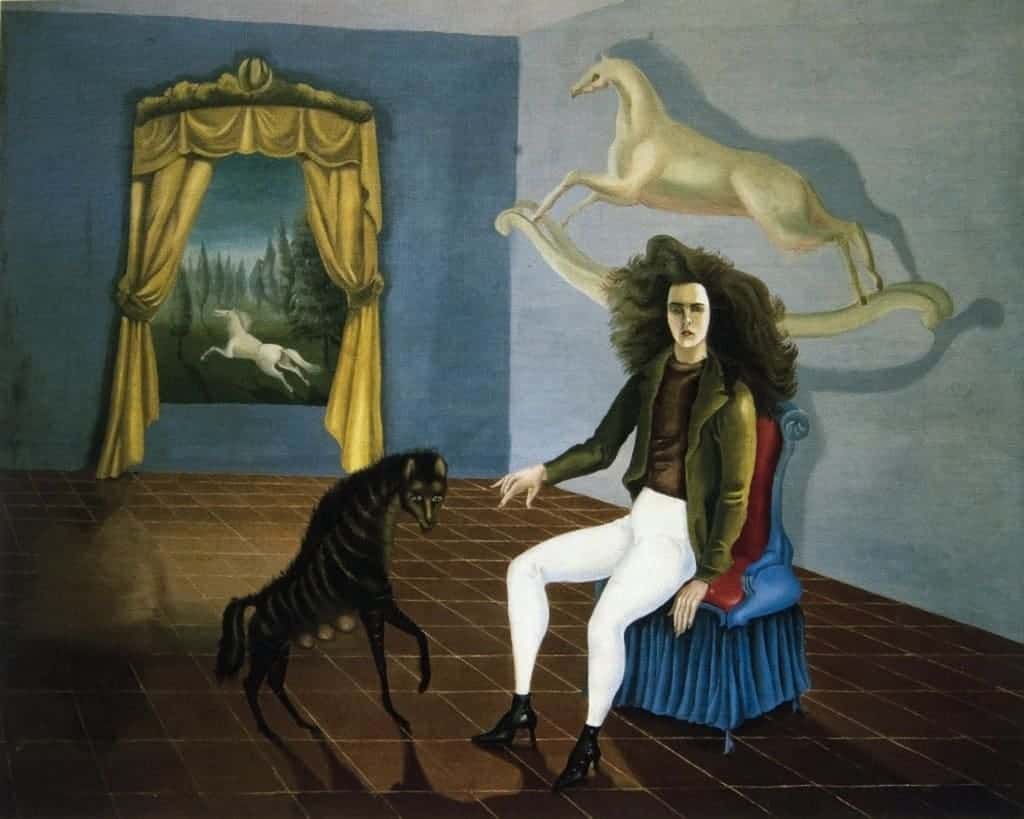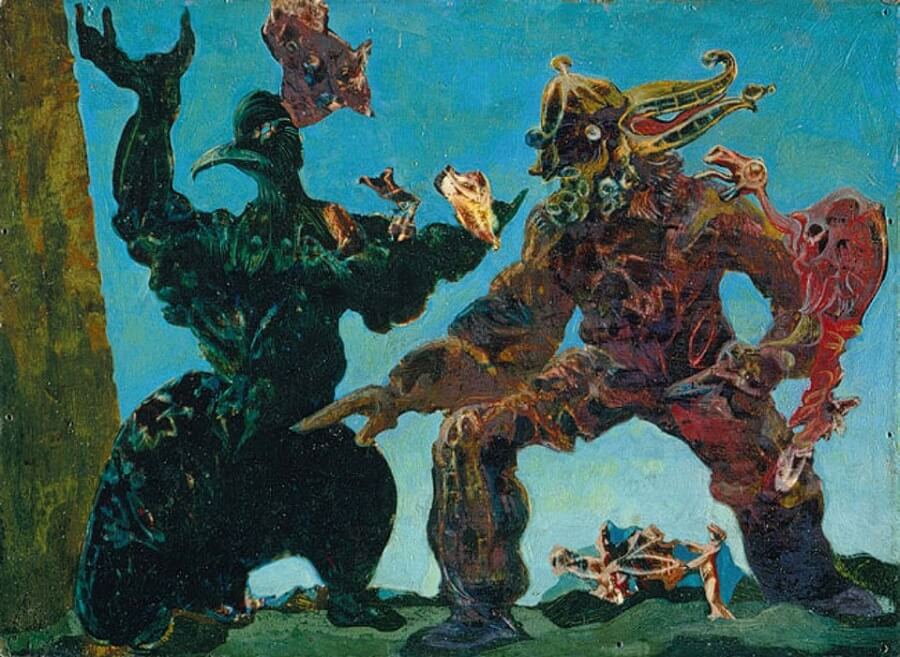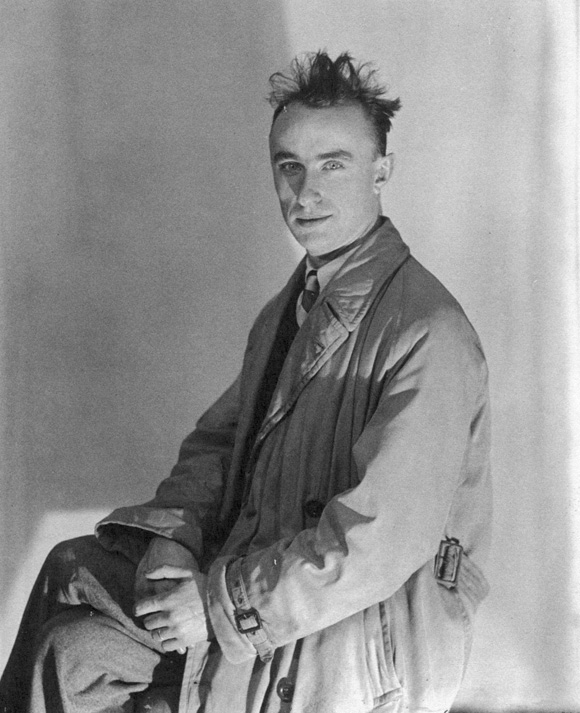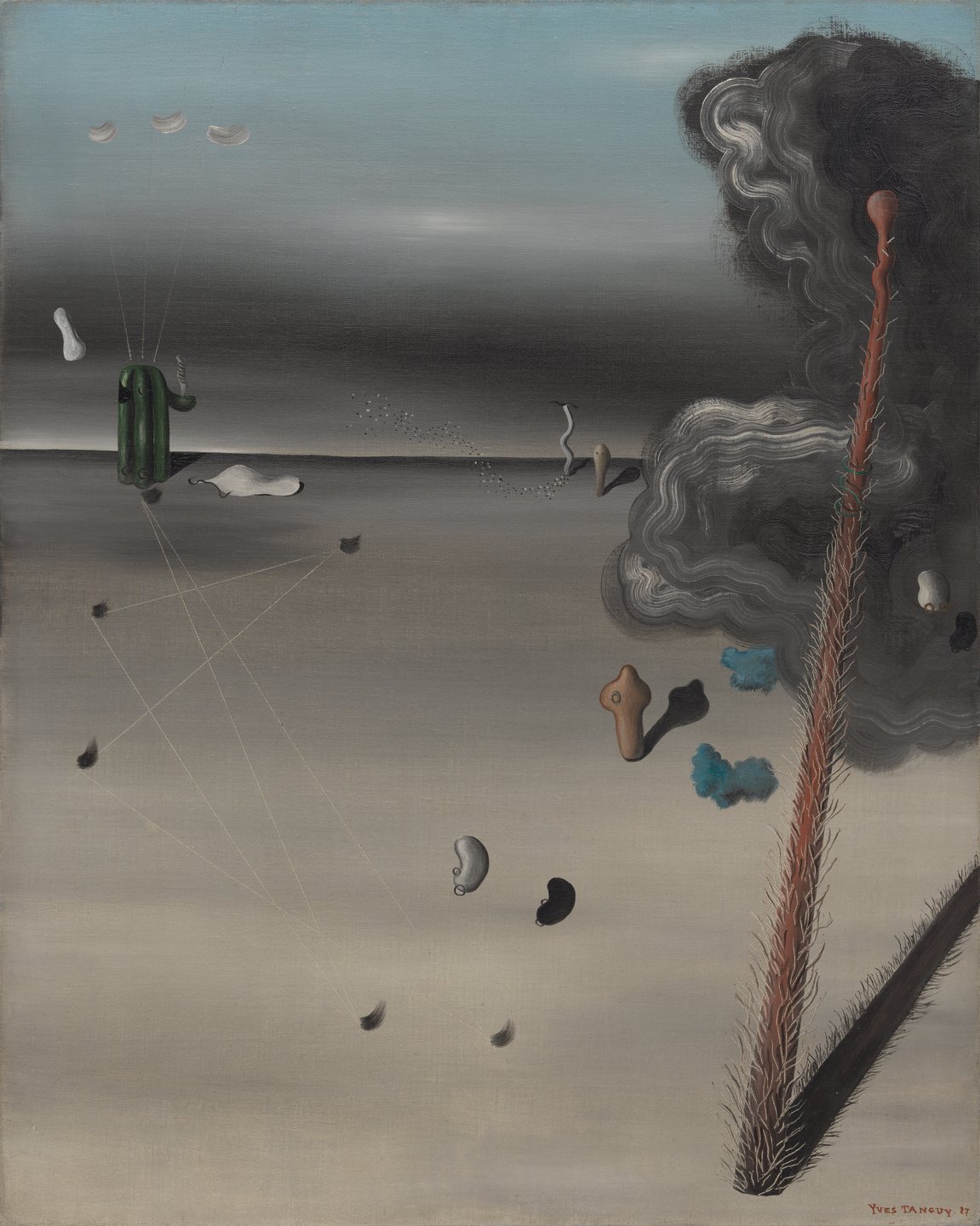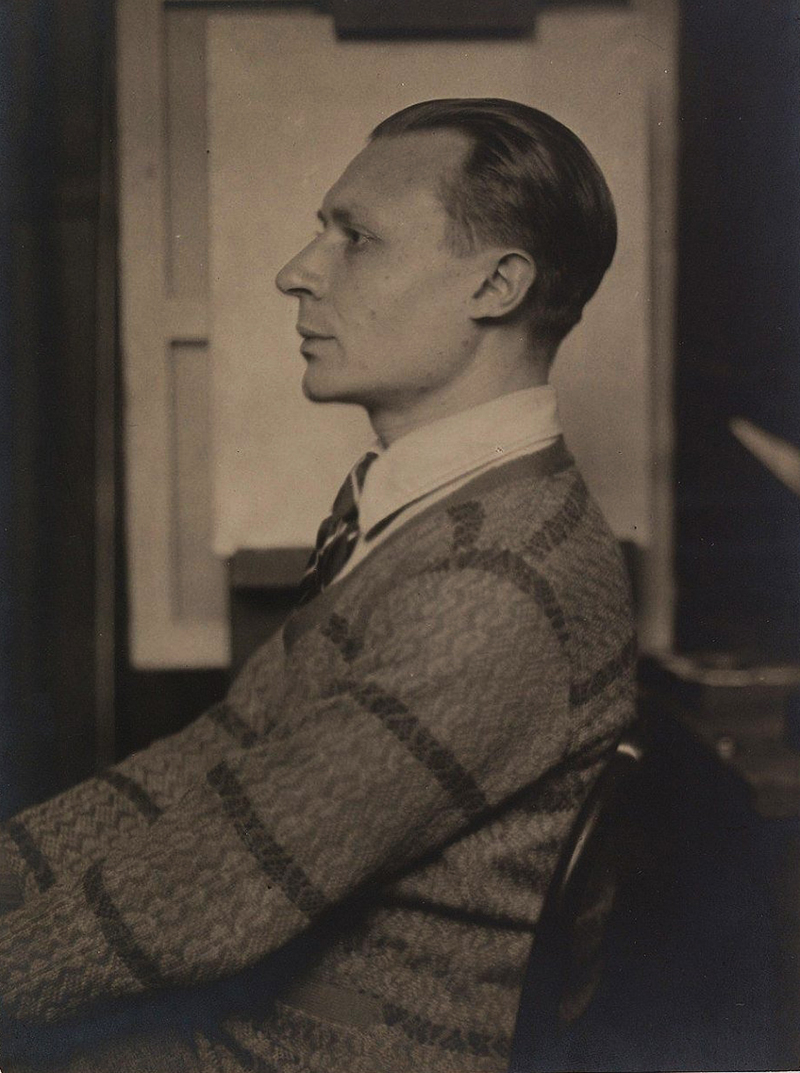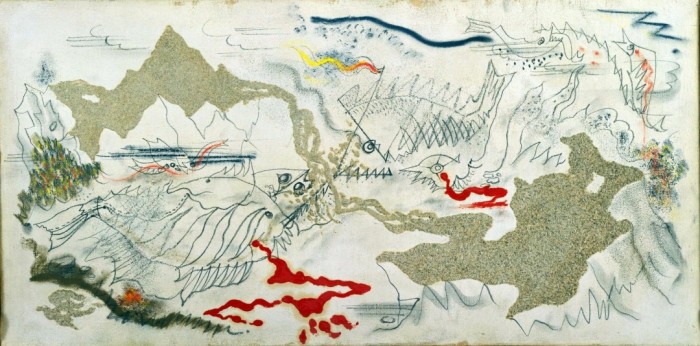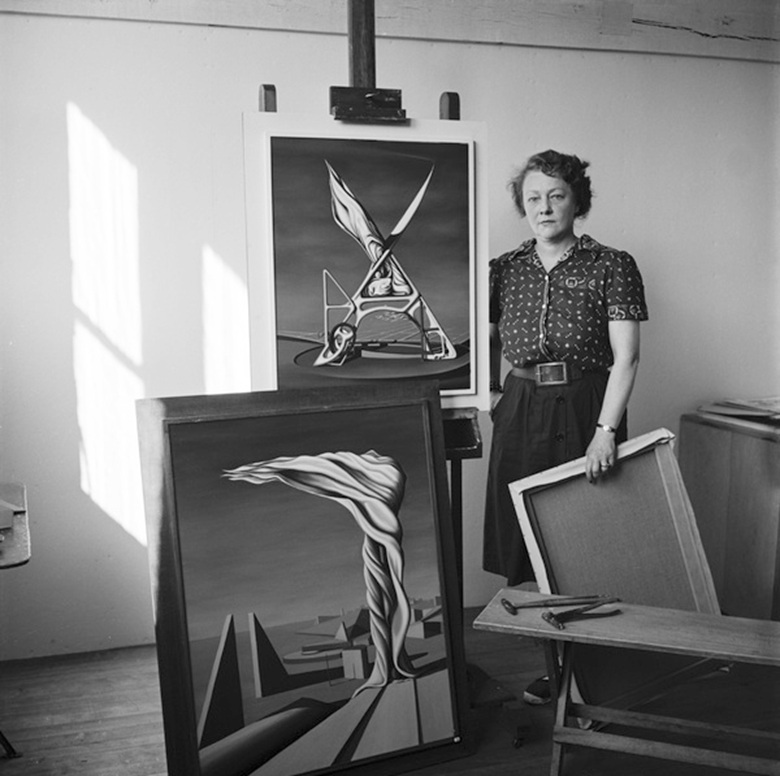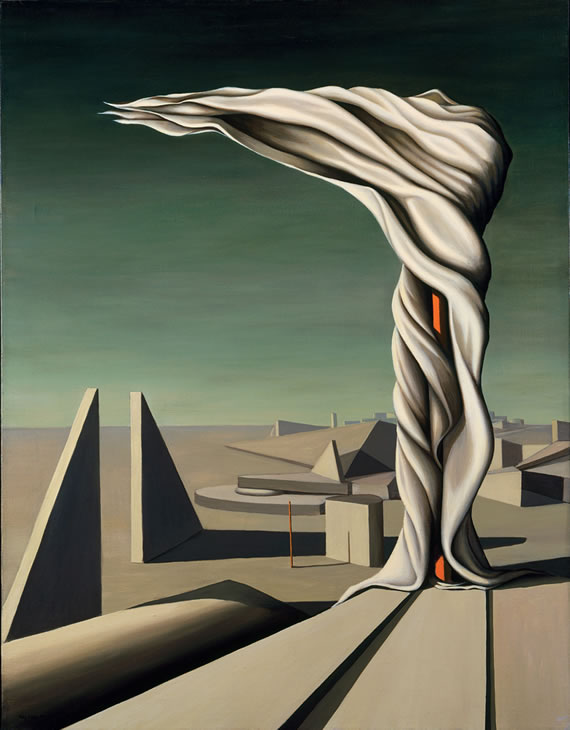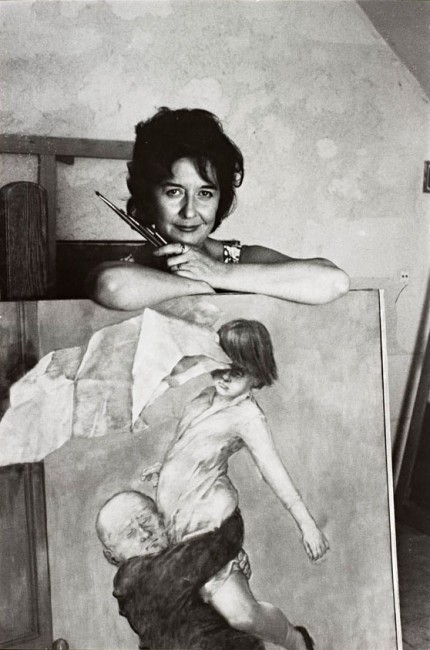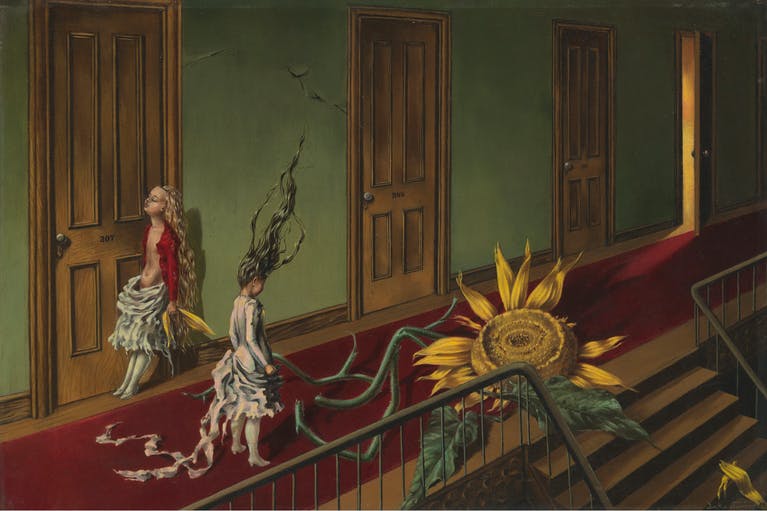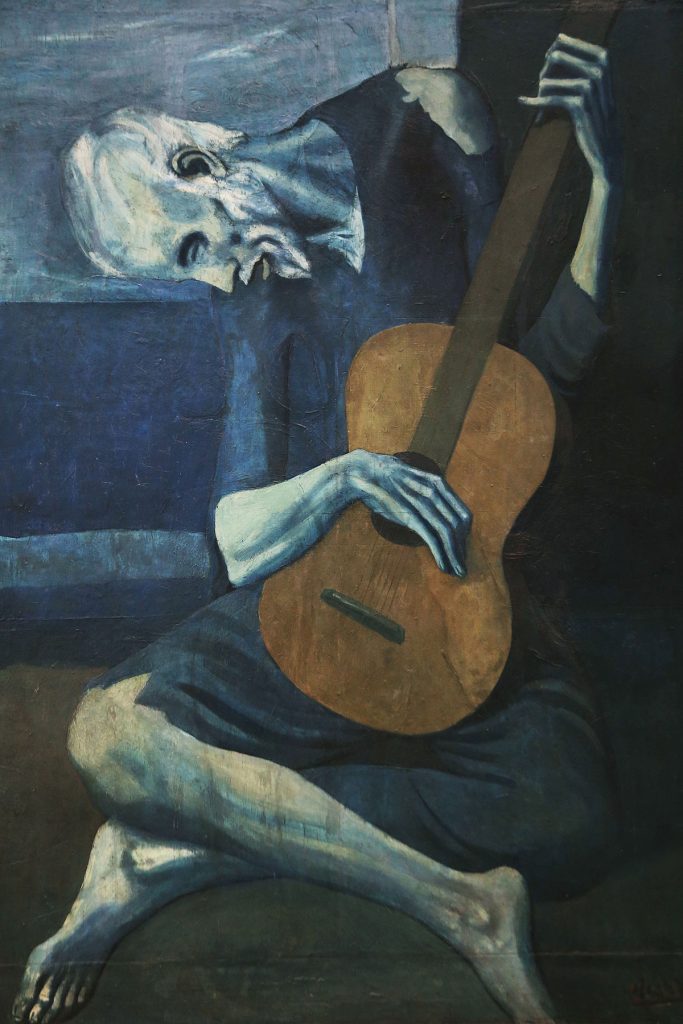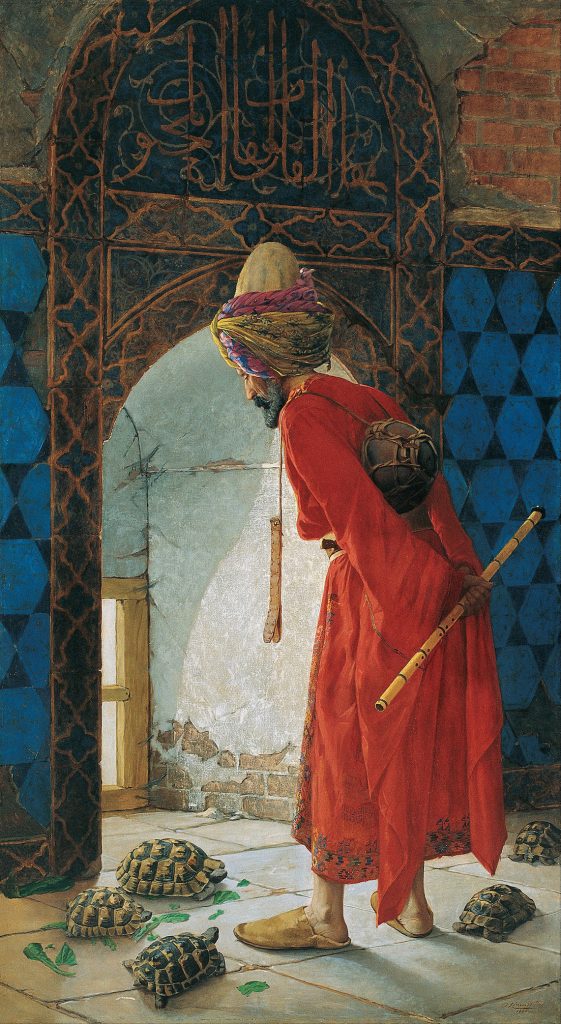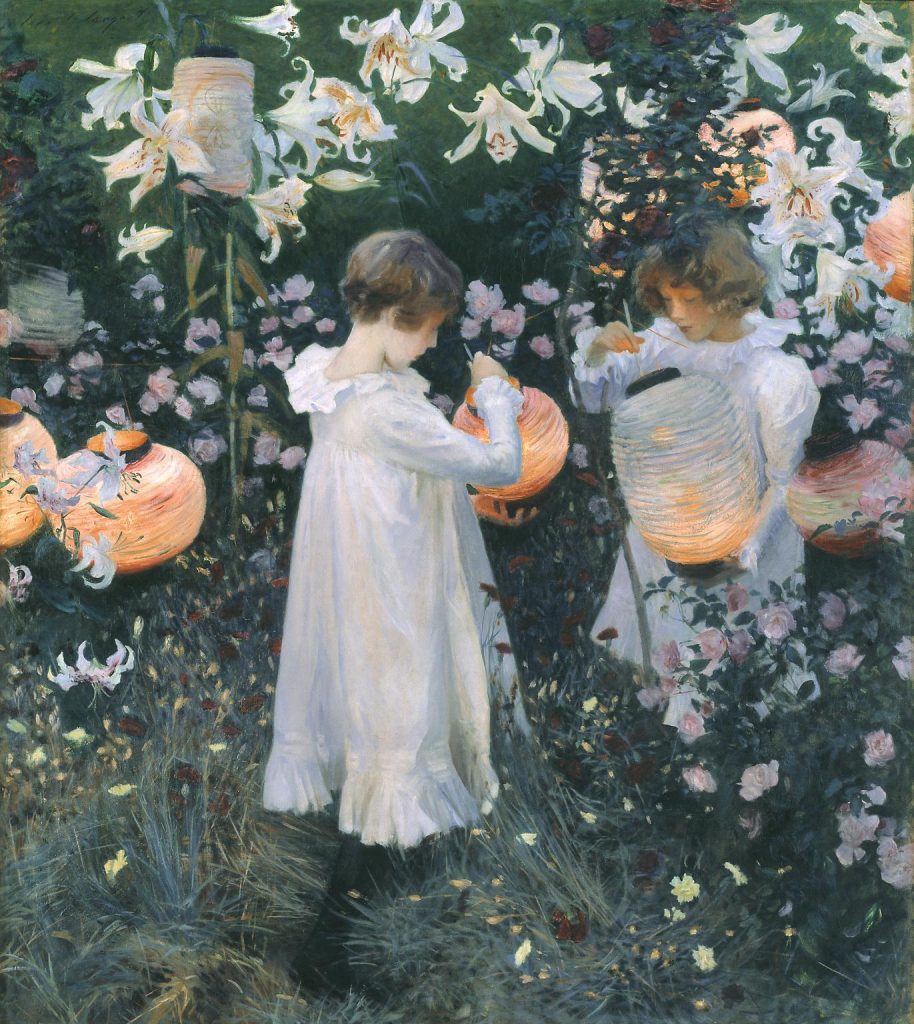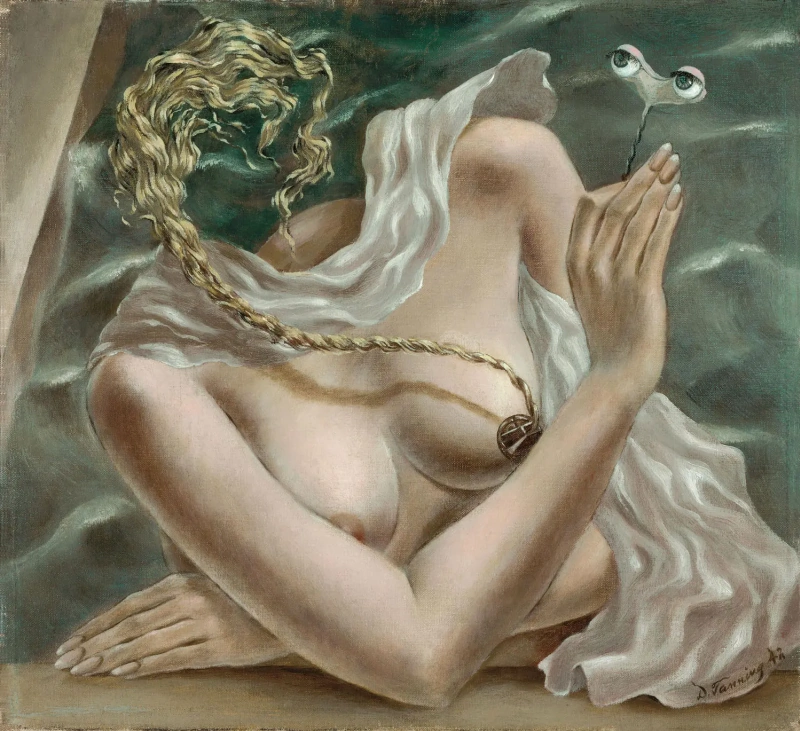10 TIMELESS
SURREALIST PAINTINGS YOU SHOULD KNOW
Surrealism
Art has become a part of this universe. So many art pieces are imbued with so much history, culture, emotion, and life that even the most replica couldn’t pin down their exact essence.
Up until today, there are many art lovers still searching for its original sources – here and there. The fact that experiencing an original piece in person feels like looking at the world from the same, unique vantage point of view from which the artist once saw that nobody else could. It’s an intimate experience like none other, an almost surreal synchronization of your energy combined with the artists in a perfect moment in time.
One of the most bizarre, intriguing yet very fascinating styles of art began to take shape in early 1920’s. It is also the time when Surrealism began its journey. Surrealism was known for its unique and intrigue connection between the artists and their artworks as its own focus is to delve more into deeper imagery and meanings of dreams as well as the subconscious imaginations.
Let’s find out a little story behind these artworks!
1. Salvador Dalí
Dream Caused by The Flight of a Bee Around a Pomegranate a Second Before Awakening, 1944
Salvador Dalí is best-known and is remain as one of the greatest Surrealist artist – until today. The melting clocks or The Persistence of Memory is one of Dalí’s most famous painting that he ever produced. But his artwork did not stop until then, it goes far beyond this painting.
Dream Caused by The Flight of a Bee Around a Pomegranate a Second Before Awakening is an oil painting on wood. It is one of the most remarkable examples of Surrealist art.
The naked body figure in the painting is Gala, Dalí’s wife and muse, floating above a flat rock in a state of peaceful mind at the sea, possibly at Port Lligat.
Dalí depicts two suspended droplets of water and a pomegranate, a Christian symbol of fertility and resurrection. The bee and pomegranate of the title hover below Gala’s body, while in the upper left of the painting is a fish that seems to bursts out from its pomegranate, while the tigers seem poised to attack her, as well as the riffle with a bayonet that is about to sting her in the arm. But all these are meant as a symbols of unconscious desires.
Above near the horizon, is an elephant carrying an obelisk on its back strides across the brilliant blue sea on a stilted leg. This creature was inspired by Bernini’s Elephant and Obelisk in Rome’s Piazza Santa Maria Sopra Minerva. For Dalí himself, this symbolizes as war and destruction.
This painting represents a mood of terror and confusion which perfectly fit for nightmarish vision. The two tigers emerge together from the fish’s mouth, with a bar that threateningly might fall on the neck, which would cause her to wake up as she senses a danger, the buzz of the bee provokes the sensation of the sting which later on will wake Gala from her restful sleep.
This state of immobility and suspended animal can be related to the artist’s newfound interest in nuclear fission and atomic energy. However, dream imagery was still at the core of Dalí’s esthetics as he still had a great interest to the ideas of Psychoanalysis by Sigmund Freud.
Following his theory, Dalí understood the imagery of dreams to have multiple possible symbolic meanings and created paintings like this one that explored those complexities. Often, as in Dream Caused by The Flight of a Bee Around a Pomegranate a Second Before Awakening, sexuality was a central theme in these artwork.
The painting is currently on display at the Thyssen-Bornemisza Museum in Madrid, Spain.
2. René Magritte
The Treachery of Images, 1929
This painting was created by one and only René Magritte, one of the greatest Surrealist artists of all time. Magritte was known for his unique concept and ideas which he always put such a meaningful story behind all his masterpieces.
For example, The Treachery of Images. It depicts simple imagery of the pipe and contrasting statement “Ceci n’est pas une pipe” or “This is not a pipe”, it also creates a three-way paradox out of the conventional notion that objects correspond to words and images. Moreover it raises an important point on the discord between language and meaning.
Magritte’s artwork is quite simple, yet it triggers startling thoughts.
The persistent tension Magritte maintained during these years between nature and artifice, truth and fiction, reality and surreality is one of greatest achievement of his art. The Treachery of Images has become one of the most iconic images of Surrealism Movement.
This painting is the introduction to Pop Art style and has inspired many conceptual artists in the late 20th century. It is now on display at Los Angeles County Museum of Art (LACMA), Los Angeles, California, USA.
3. Joan Miró
The Tilled Field, 1923-1924
The panting is widely considered to be Miró’s greatest artwork along with his painting, Harlequin’s Carnival.
It closely resembles the overall manner that depicts his surrealist visions. The Tilled Field was created as a Surrealist view of his family’s Catalan farm, located in Mont-roig del Camp, Catalonia.
The painting is dominated by muted tones of yellow and brown. It divides into three areas by two horizontal lines, perhaps representing the sky, sea, and earth – and the decorative scattering of multicolored animals throughout were most likely inspired by medieval Spanish tapestries.
This painting is the first example of Miró’s Surrealist vision. It is littered with a confused mixture of forms, many with aspect of humans, animals, and plants and its array of schematized creatures that constitute a realm visible only to the mind’s eye, reveal the great range of Miró’s ever increasing stylization and abstraction.
Meanwhile, all these lively creatures are derived from Catalan ceramics, which he, himself collected and kept in his studio. Miró’s spirited depiction of The Tilled Field also has political content.
The three flags – French, Catalan, and Spanish – depicts to Catalonia’s attempts to secede from the Central Spanish government, where the government neglects the Catalan long lasting autonomous thought and local complexity and beauty. It also symbolizes the border between France (left) and Spain (right).
The Tilled Field is currently lives at the Solomon R. Guggenheim Museum in New York, USA.
4. Leonora Carrington
Self-Portrait, Inn of The Dawn Horse, 1937-1938
The American painter Leonora Carrington was a bold artist. She was a key figure of Surrealism despite the discrimination of her male peers.
Self-Portrait, Inn of The Dawn Horse is one of her most recognized works and has been called her “first truly surrealist artwork”. Soon, the presence of horses and Hyenas became a common feature in her masterpiece.
The painting features an interior space consisting of two walls meeting at a corner, a ceiling, a tilled floor, and an ornately curtained window that reveals a lush, green forest view and a white horse galloping in the distance. Carrington is in the center of the painting, clad in white jodhpurs, a hand extended towards a lactating hyena. She depicted herself seated on a chair in the foreground, while above and behind her wild crown of hair hovers a white tailless rocking horse – her eyes are sternly focused directly on the painting’s viewer.
The appearance of a horse would prove to be a theme in her oeuvre, representing freedom and independence, while the hyena itself may symbolizes as an “intrusion of the wild into a domestic space”.
Self-Portrait, Inn of The Dawn Horse is currently in the collection of the Metropolitan Museum of Art, New York, USA.
It becomes an icon of art by 20th century-women.
5. Max Ernst
The Barbarians, 1937
Max Ernst was an influential Dada artist also a part of the Surrealist group. His artworks are steeped in Freudian metaphor, childhood memories, subconscious mind as well as primitive pagan mythological and sexual symbols.
A gigantic, malevolent-looking bird couple marches forward with seemingly mile-long strides. Both figures appear to be made up of some type of ancient rock which contains fossils and other seemingly dead organisms. In the far distance, there is also a small woman holding onto an undefined winged being. However, one of his major themes centered on the image of the bird, which often incorporated human elements.
The painting represents how democracy transformed into barbarism. The gesture of the dark woman-bird with her strong right hand describes as if she is keeping the celestial dome of the sky in the palm of her hand which depicts how barbarians have always believed that they are the island of Atlas, keeping the heaven from falling. The other figure is the man-octopus, warming up before his military advance begins on the land owned by humans. His intention is to conquer human’s lives, their way of life, cultural traditions and all the things they produce, both invent and love.
According to Ernst’s painting, Barbarians are a combination of under-life and super-life. What they don’t have, don’t know, and hate in advance is middle-life on the earth, humanity in its humility, it’s relativity and nobility – direct analogies of Freudian concept of ego, super-ego, and id, as parts of human personality.
The Barbarians is now currently kept in Metropolitan Museum of Art, New York, USA.
6. Yves Tanguy
Mama, Papa is Wounded, 1927
Mama, Papa is Wounded was created and produced by Yves Tanguy back in 1927. This oil on canvas is depicts a bleak landscape that includes a barren desert which contains only a few scattered strange objects that are completely unconnected – such as a cactus, beans, and a strange stick that is standing on the right side of the canvas.
The painting evokes a post-apocalyptic wasteland through its vast surface, wan palette, and unearthly light. The title of the painting complicates rather than clarifies the meaning of the work.
According to Surrealism art, there should be a relationship with the pictures and words used to describe them. With Breton’s help who knew very well the Sigmund Freud’s method to treat psychologically damaged soldiers, Tanguy combed psychiatric case studies of patients whose statements could be used as the title and images ideas for the painting.
The painting remains enigmatic, refusing to reveal it’s meaning to the world, in turn it creates an even greater mystery as it reflects the intentional ambiguity of Surrealist symbolism.
Mama, Papa is Wounded, is considered to be one of the most well-known artworks of Modern Art Movement.
It is now on display at the MOMA, Museum of Modern Art, New York, USA.
7. André Masson
Battle of Fishes, 1926
Battle of Fishes was created by André Masson, French Surrealism artist. It said to depict underwater fish which are engaged in a never-ending cycle of attacking, fighting, and perhaps eating one another. Masson, who was physically and spiritually wounded during World War I, joined the Surrealist group in 1924. This is a clear picture that refers to the terrors of World War I, which had just ended shortly before Masson pointed his artwork.
Through this piece of art in particular, Masson successfully convey the violence and morality of war that never once leaves his heart and mind. He believed that every living thing hides deep within. Some people might did not notice this vicious streak, but Mason had seen this violence emerge amongst the bombs and guns of war.
He may be drawing fishes, but its appearance is monstrous in a way one would not expect and leave in shock yet still amazed by how it meant. Undoubtedly, this modernist artist, like many others, voice out his point of view and opinion on violence and war through his art.
Masson applied gesso to some areas of the canvas and scattered sand on it to create a unique oceanic scene. Instead of applying the painting with a brush, he rather chose to poured straight from a tube which is quietly amazing how the output of the painting looks like.
The colors that he uses are cool colors, which helps to set a grim mood and to top it all he chose to accent them with limited contrasting warm colors. This method gives the piece of the artwork another focal point that helps to keep the flow and rhythm going.
For the most part of the whole concepts, Masson had created an astounding, captivating, and compelling piece that has endless interruptions by using these design elements.
The Battle of Fishes is the artwork of subconscious mind of André Masson. It has become one of the most celebrated Surrealist art along his fellow such as Dalí, Magritte, Tanguy, Miró, Carrington, and many other artists work.
The painting is now kept in The Museum of Modern Art, New York, USA.
8. Kay Sage
I Saw Three Cities, 1944
The painting was produced by American Surrealist artist Kay Sage. Sage often used landscape imagery to evoke the spaces of the unconscious mind.
I Saw Three Cities is a desolate geometric landscape dominated by a tall, cloaked guardian whose fluid drapery and sinuous curves recall those of the ancient Greek sculpture of Winged Victory of Samothrace (Nike of Samothrace). The human looking figure is composed of a central pole and swirling drapery.
Sage’s sentinel, however, lacks the Nike’s dynamism. Its drapery is animated, but its core remains rigid and static. This uncanny presence – that seems neither man nor woman, neither dead nor alive – reflects the artist’s fascination with automatons and other examples of mechanized humanity.
The various sizes of the shapes and by the horizon line in the background is well created and underlined as it builds up more curiosity to this painting.
However, the meaning of the artwork remains a mystery, as it often happens to Sage’s other works, which combining rigid object in a metaphysical space and soft smooth forms with a clear outline in one canvas. Nonetheless the artist always put on all the characteristic feature to each one of it.
I Saw Three Cities was presented at the exhibition “Double Solitaire: Surreal Worlds of Kay Sage and Yves Tanguy.
The painting is now lives at the Princeton University Art Museum, USA.
9. Giorgio de Chirico
The Song of Love, 1914
The Song of Love or also known as Le chant d’amour was created by Italian metaphysical painter Giorgio de Chirico in 1914. It is one of the most remarkable works by de Chirico and an early example of the Surrealist style, though it was produced ten years before the movement was founded by André Breton in 1924. This dreamlike style and blurred visions were going to influence – a few years later – painters like Salvador Dalí, René Magritte, André Breton, Joan Miró, and many other Surrealist artists by stimulating the Surrealism art movement.
Influenced by contemporary psychology, and by the idea of a stream of consciousness, at unconstrained or almost unconscious level, thought consisted of jumbled images and impulses, people believed that de Chirico’s early work showed him to be in touch with these lower layers of the essences of the mind, the source of verbal and visual poetry.
The Song of Love depicts an outdoor architectural setting, with its mysterious and incongruous combination of a classical head which seems to be a Greek sculpted, a rubber glove, a green ball below the head, and a train being shrouded behind the head in the darkness silhouetted against a sky was painted in bright blue color. The Greek plaster head represents the ancient time, an allusion to the themes of poetry and clairvoyance symbolized by the God Apollo. The rubber glove next to it seemed to imply the void of the presence.
However, some said that it refers to the modern society. It also implies to a particular painting by Titian that de Chirico admired, and also anticipates the pointing ‘hand of fate’ found in the artist’s later so-called ‘alchemical’ works. The train alludes to his childhood, and the arcades to the architecture of Italian towns.
On the horizon is the outline of a locomotive, an image that reflected to the times during de Chirico’s career. The colors of the main three items (a green ball, a white Apollo’s sculpted head and a red rubber glove) represent the Italian flag, which shows a great respect that de Chirico has to his origin.
The painting is strongly linked to the inexplicable painting style of Giorgio de Chirico. Looked into it million times but still haven’t find an explanation for the object represented. The painting described both the past and present through an unrelated object which emphasize his style of Surrealists. De Chirico also subverted those objects and termed its painting as the metaphysical paintings. Metaphysical paintings were well-known to depict the world which lies beyond the physical world.
The atmosphere was of anxiety and melancholy, it symbolized the profound absurdity of a life and universe that was being torn apart during World War I.
The Song of Love is now on display at MOMA, Museum of Modern Art in New York.
10. Dorothea Tanning
Eine Kleine Nachtmusik, 1943
This very fascinating oil on canvas painting was created and produced by Dorothea Tanning. The title was inspired by Mozart’s composition of the same title, “a late-night music”. Knowing that it is a nocturnal scene that we immediately associate the picture with a dream.
The painting shows what seemed to be a hotel corridor with numbered doors; the three doors remain closed whilst the farthest one is cracked open just enough to offer a glimpse of incandescent light.
A giant sunflower and pieces of its torn stem lie on the landing, found its way into a seedy hotel corridor as two of its petals lie further down the stairs and a third is held by a doll dressed in tattered garments propped against one of the doorways.
The doll is remarkably life-like and wears similar clothing to the girl standing nearby, whose hair flies upwards as if struck by an immensely powerful gust of wind. While the farther child seems to be dreaming of something, with her blouse open that seems to appear to have the body of an older woman.
According to the artist, the sunflower in Eine Kleine Nachtmusik is a symbol of all the things that youth must face and deal with, it represents the ‘never-ending battle we wage with unknown forces, the forces that were there before our civilization’.
Dorothea Tanning is finally receiving the recognition she deserves. The Tate Modern held a major exhibition on the highly versatile female artist, including the artist’s artwork as well. It is now in Collection at The Tate, London, UK.
Surrealism is a very fascinating movement that successfully gave rise to an entirely new perception and perspective of the surrounding world. It continues to inspire artists across all mediums from many countries. Every artist who had produces such artworks helps humankind to open its eyes to the breadth and depth of the human experience and discovering new dimension of life.
There are many great Surrealist paintings from various artists around the world, for sure. But here you have a selection of 10 Surrealist Paintings that perhaps will help your study and expand your knowledge about Surrealist art.
The fact that all this painting is as great as the other artworks, it never fails to cease the viewers how it all painted so beautifully with such an interesting story and held so much meaning to each one of it.
